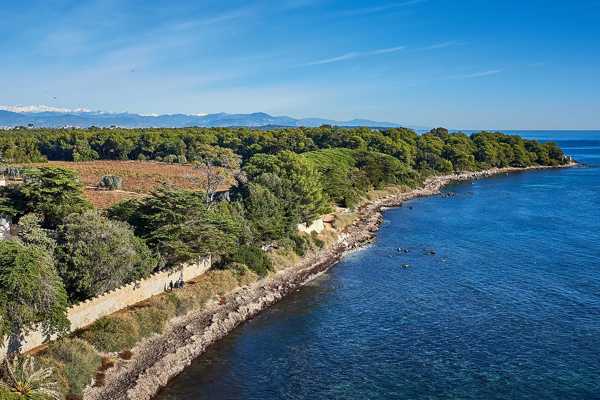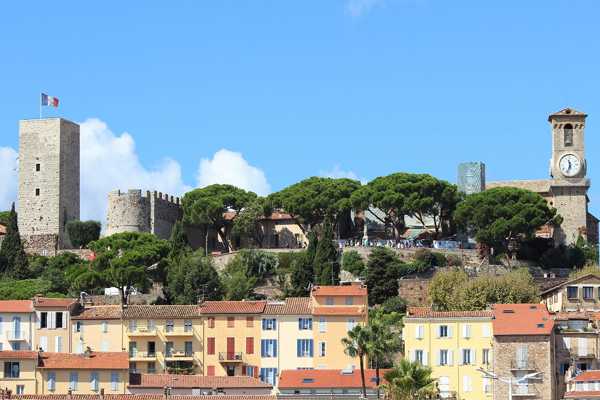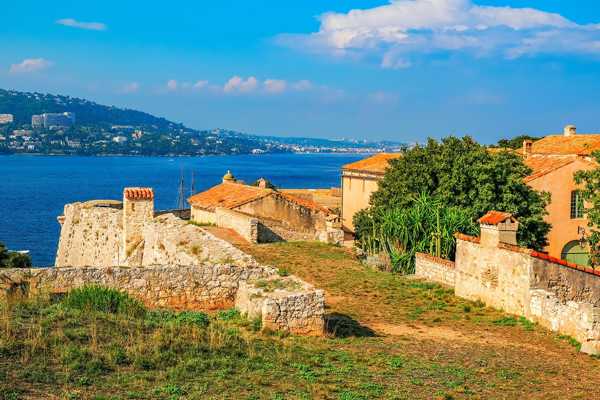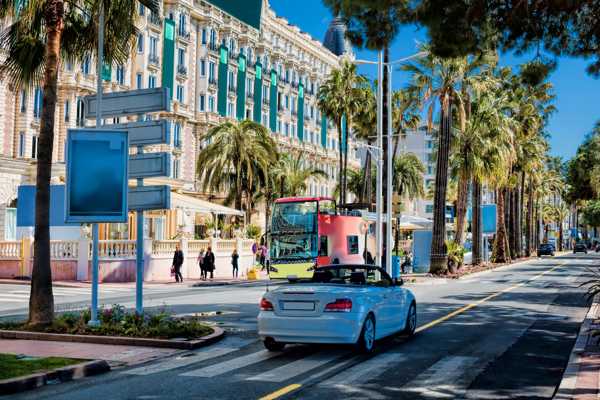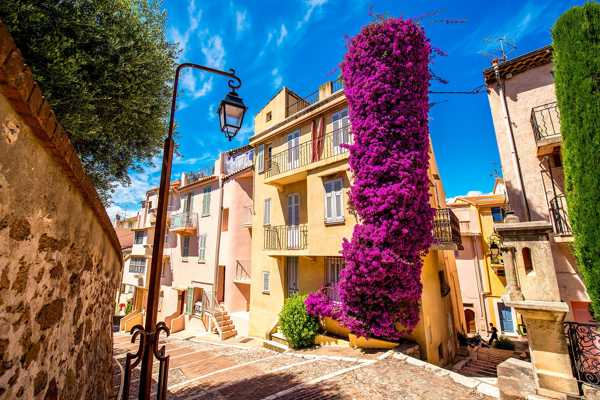Le Suquet is the Cannes Old Town district, known for its winding cobblestone streets lined with restaurants, stunning views of the Bay of Cannes and open-air market. Once the home of the local fishermen community and before that, the site of a defensive fortification, this town is the hub of everything Cannes was, centuries before it became the glitz and glam centre of international film glory. Here you can see buildings that are centuries old, capture panoramic views for miles, and eat in restaurants from upscale French dining to casual bistros, tapas bars and cafes.
If you are looking for a different way to explore Cannes and experience its legacy beyond the international film industry, Le Suquet is undoubtedly a place to visit. Whether you're a foodie looking for the dining scene or you want to climb the historic bell tower, a wealth of experiences await.

What are the highlights of Le Suquet?
The highlights of Le Suquet include historic locations and buildings dating to medieval and even Roman times, as well as the heart of local food culture with loads of restaurants. Start your journey here with a trip to the Musée de la Castre, a museum housed in a medieval fortress that showcases an art collection dedicated in 1877 as well as artefacts from the town's history. Next, climb the 109 stairs to the bell tower of the Chapel of Sainte-Anne, where you'll see stunning 360-degree panoramic views across the Bay of Cannes.
Next, visit the 15th-century Église Notre-Dame d'Espérance church with its magnificent harbour views. At some point, you'll want to stroll the quaint cobblestone pedestrian lanes to see houses that are 4 centuries old, check out small, independent boutique shops and a traditional open-air market, and dine in restaurants serving up seafood, French food, and Mediterranean cuisine.
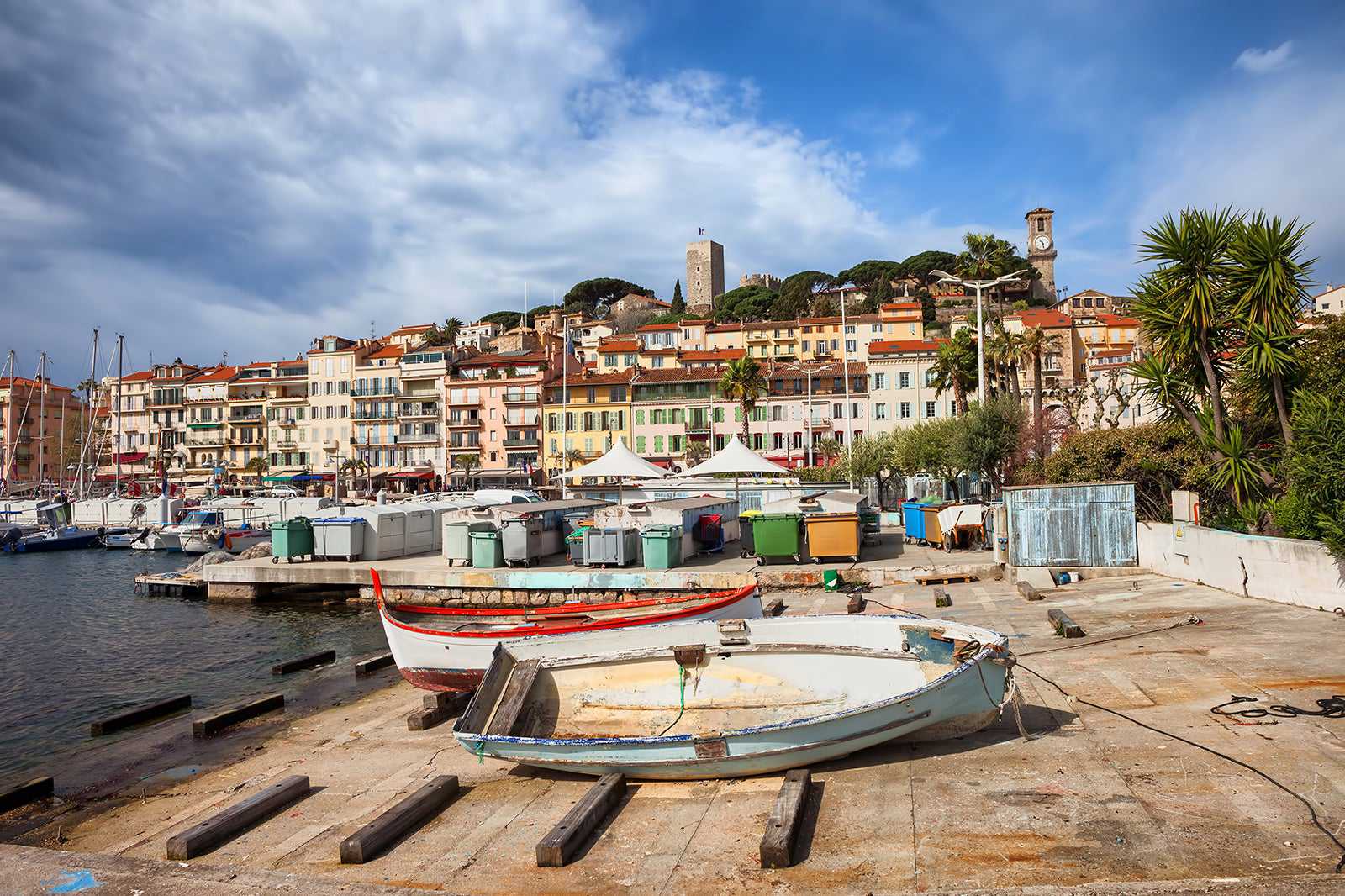
A brief history of Le Suquet?
The history of Le Suquet dates to Roman times and stretches into the modern era, where these remains of over 2,000 years are still here. This neighbourhood was the original site of the town, a defensible Roman encampment. By the 12th century, Christian monks had taken over the area and built a castle on top of the hill, the Musée de la Castre. The Chapel of Sainte-Anne was built below. During the 15th century, the Église Notre-Dame d'Espérance was built. By the 17th century, this was a fishing village, and Le Suquet was the residential neighbourhood for local fishermen.
By the early 19th century, the area had become a resort destination for the wealthy. The local Marché Forville pays homage to the early, traditional days of the town. Today, this quaint historic neighbourhood recalls the history of a city famed for its glitz and glam.
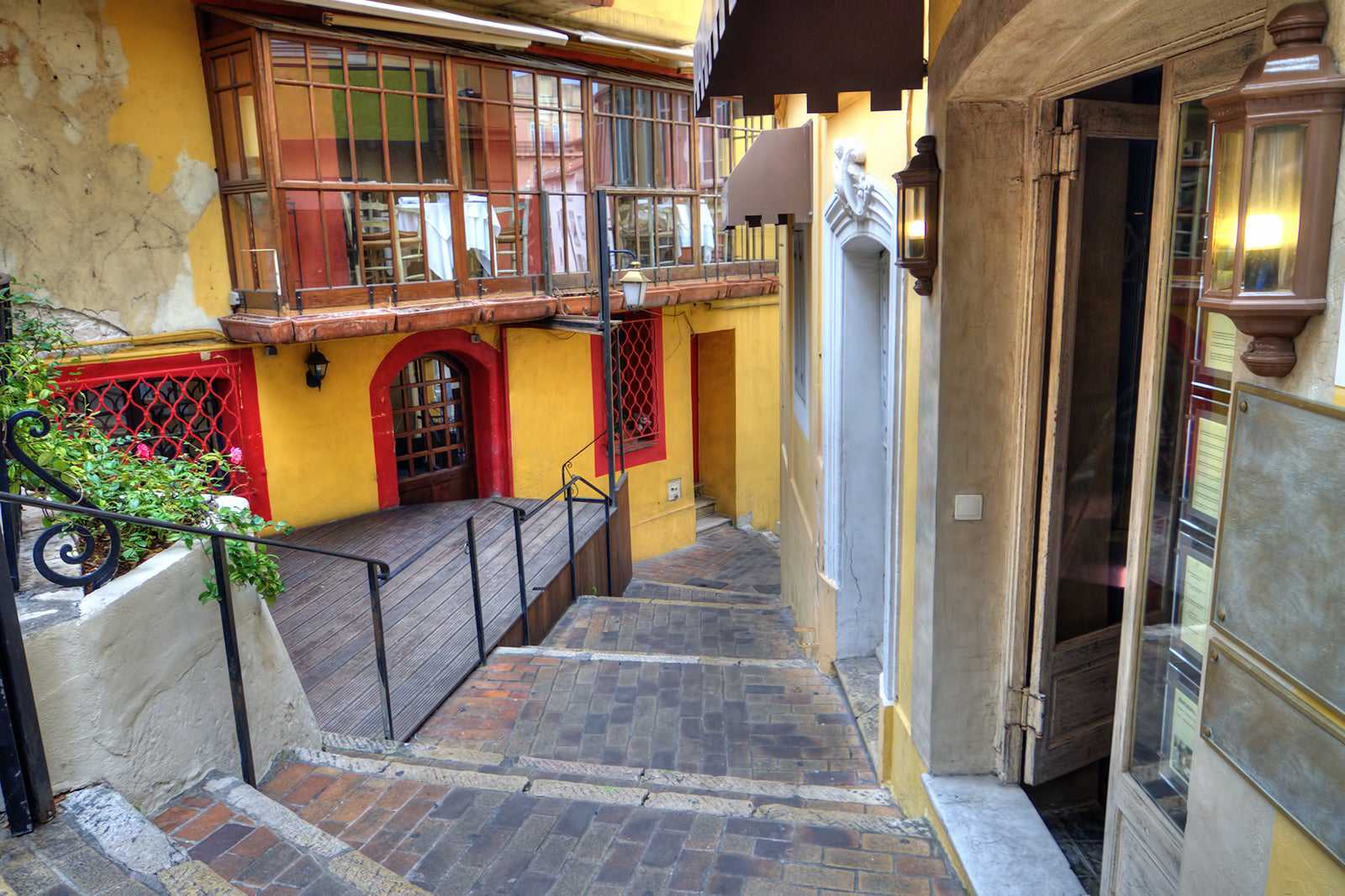
What else is good to know about Le Suquet?
You can reach Le Suquet by bus, by bicycle rental or any number of other means, and many of the cobblestone streets are pedestrian thoroughfares without cars. You can walk these ancient streets and view houses from the medieval area or enjoy many different kinds of restaurants. It's worth noting that a lot of the attractions, simply because of their age, are not entirely accessible to people with disabilities, though you may be surprised at how many options people with mobility assistance needs have.
If you plan on doing some walking, be sure to bring comfortable shoes. Besides the cobblestone alleys and the open-air market, the church's bell tower has well over 100 stairs. Remember, some of the streets in this neighbourhood don't even allow cars with few exceptions, so you may not have any choice but to walk.
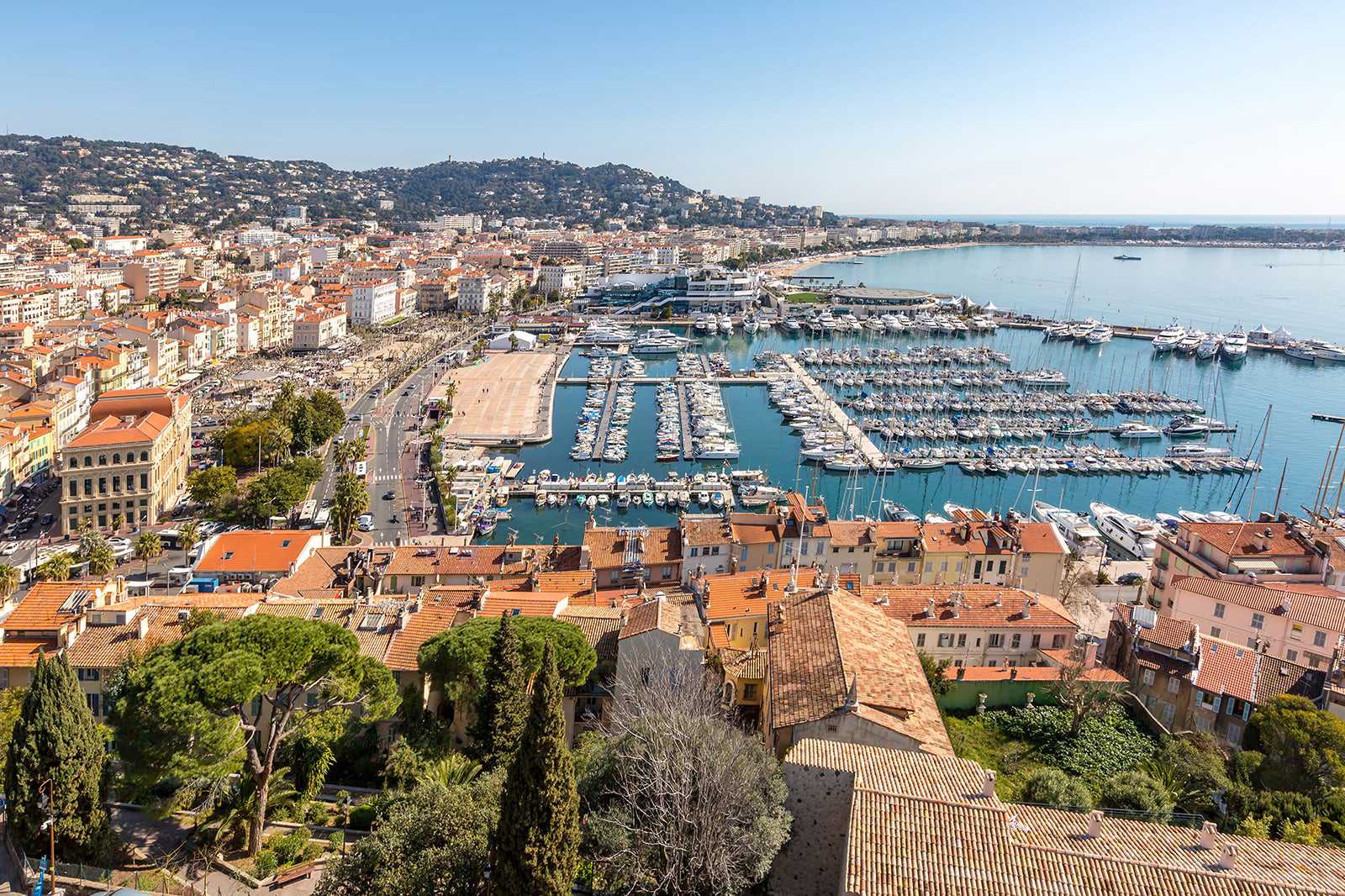
Le Suquet in Cannes
Ubicación: Cannes, France

